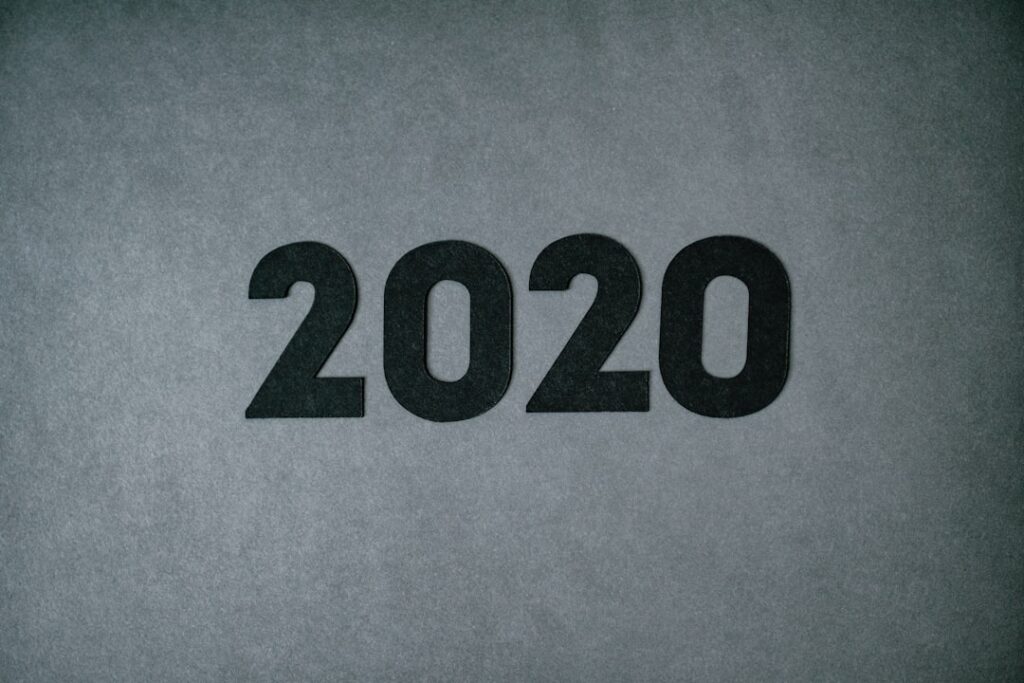The Not-So-Secret Weapon for Thriving in the Age of AI: Demystifying the Fresh Humanization Test 2025
Ever felt you were talking to a brick wall.. Only the brick wall used perfect grammar and could recite the entire Wikipedia? Or maybe you’ve interacted with a customer service bot that was technically helpful but left you feeling strangely cold and unsatisfied? You’re not alone. As artificial intelligence weaves itself deeper into the fabric of our daily lives – from our workplaces to our shopping carts to our entertainment – a crucial question emerges: How do we ensure these interactions feel genuinely human, empathetic, and.. Not robotic? That’s precisely where the concept of the Fresh Humanization Test 2025 comes crashing onto the scene. Moreover, it’s not just another buzzword; it’s rapidly becoming the benchmark for evaluating whether ai systems (and increasingly, human-driven processes!) can truly connect with us on a human level. Forget clunky, mechanical exchanges; 2025 is all about authentic connection, and this test is your guidebook. Let’s dive in.
What Exactly IS the Fresh Humanization Test 2025?
Let’s clear the air first. Nevertheless, the fresh humanization test 2025 isn’t a single, standardized exam administered by a central body (at least not yet). Think of it more as a powerful framework or a set of evolving principles designed to measure the “humanness” quotient of interactions, primarily focusing on AI systems but with significant implications for human communication too. It builds upon earlier concepts the Turing Test but goes far beyond simple deception (“Can you tell it’s a machine?”).
The “Fresh” aspect signifies a move away from rigid, pre-2020s benchmarks. Moreover, it acknowledges that human connection is dynamic, culturally nuanced, and deeply contextual. What feels warm and understanding in one situation might fall flat in another. The 2025 iteration emphasizes:
- Adaptive Empathy: Can the system understand and respond to subtle shifts in emotion, context, and unspoken needs, not just keywords?
- Authentic Nuance & Flaw: Does the interaction include natural variations in tone, pacing, and even minor, believable imperfections (rephrasing or showing hesitation) that signal genuine processing, not canned responses?
- Contextual Intelligence: Can it draw on the broader context of the conversation history, user profile, and even real-world events to make interactions relevant and meaningful?
- Value-Driven Connection: Does the interaction leave the human feeling heard, respected, and that their time was -spent, fostering trust and positive sentiment?
[IMAGE_1: A conceptual image showing a stylized, friendly AI avatar interacting with diverse human figures, with lines representing flowing conversation and understanding.]
Ultimately, the Fresh Humanization Test 2025 asks: “Does this interaction foster a sense of genuine connection and understanding that feels fundamentally human?” It’s about moving from transactional efficiency to relational depth.
Why the 2025 Humanization Benchmark is a Game-Changer
This shift towards rigorous humanization testing isn’t just academic; it’s driven by powerful forces reshaping our world:
- AI Saturation Point: As AI handles more complex tasks (customer service, therapy bots, content creation, recruitment), users are becoming less impressed by basic functionality and more sensitive to the quality of interaction. Clunky or tone-deaf AI drives frustration and distrust.
- The Empathy Deficit in Digital Spaces: Online interactions, even between humans, can often feel impersonal. The Fresh Humanization Test 2025 sets a higher bar for digital communication, pushing systems to bridge the empathy gap.
- Competitive Advantage: Brands employing AI that passes the humanization sniff test enjoy significantly higher customer satisfaction, loyalty, and conversion rates. People gravitate towards interactions that feel good.
- Ethical Imperative: As AI influences decisions (loan approvals. Healthcare triage), ensuring it operates with human-understanding and reduces bias embedded in training data is crucial. Humanization includes fairness and ethical awareness.
- Human Skills Renaissance: Ironically, the rise of AI and the fresh humanization test 2025 is highlighting the irreplaceable value of intrinsically human skills – empathy, creativity, complex problem-solving with emotional intelligence. The test defines what machines need to aspire to and what humans excel at.
In essence, passing this test is becoming synonymous with building trust, fostering loyalty,. Creating positive user experiences in an increasingly automated landscape.
under the hood: how the fresh humanization test 2025 works (in practice)
so, how do you measure something as subjective as “humanness”? While methodologies vary, the core evaluation for the Fresh Humanization Test 2025 involves multi-faceted assessments:
1. Conversational Depth Analysis
This goes far beyond sentiment analysis. Evaluators (both human raters and advanced AI tools) examine interactions for:
- Coherence & Relevance: Do responses logically follow the conversation thread and stay on topic?
- Proactive Engagement: Does the AI ask clarifying questions, offer relevant options, or anticipate needs without being prompted excessively?
- Handling Ambiguity & Error: How gracefully does it recover from misunderstandings, vague queries, or its own mistakes? Does it acknowledge the error humanely?
[IMAGE_2: A flowchart diagram showing the evaluation process: Input (User Query) -> Analysis Layers (Sentiment, Context, Intent, Coherence) -> Output (Humanized Response) with Feedback Loop.]
2. Emotional Intelligence (EQ) Scoring
This is central to the
Empathetic Recognition: Accurately identifying user emotion (frustration, excitement, confusion) through language cues, even subtle ones. Appropriate Response Tone: Matching the response’s emotional tenor to the user’s state (e. G. Calming a frustrated user, matching excitement). Showing Understanding: Using phrases that validate the user’s feeling (“That sounds frustrating,” “I understand why you’d be excited about that”).
3. Moreover, contextual fluency assessment
the system is evaluated on its ability to:
remember & reference: recall specific details from earlier in the conversation or past interactions.incorporate real-world knowledge: apply relevant, up-to-date information appropriately to the specific context.adapt to implicit cues: understanding unspoken needs or goals based on the interaction flow.
4. User Feedback & Perception Metrics
Direct human feedback is irreplaceable. Post-interaction surveys often ask:
- “Did you feel understood?”
- “Did the interaction feel natural?”
- “How would you rate the empathy shown?”
- “Would you want to interact with this system again?”
High scores on these perception metrics are the approach indicators of passing the
Beyond the Bot: Humanizing Your Own Interactions in 2025
While often discussed for AI, the principles of the
Listen Deeply, Not Just to Respond: Focus on understanding the underlying message, emotion, and need behind the words. Furthermore, ask clarifying questions. embrace imperfect authenticity: it’s okay to pause, rephrase, or admit you don’t know something. This builds trust more than fake certainty. Prioritize Empathy Explicitly: Acknowledge the other person’s perspective and feelings, even if you disagree. “I understand this is a stressful situation..” Be Contextually Aware: Consider the person’s background, current workload, and the broader situation before responding. Tailor your communication.Focus on Value: Ensure every interaction leaves the other person feeling their time was respected and their needs were addressed as fully as possible.
[IMAGE_3: A diverse group of professionals collaborating in a modern office, smiling and engaged in discussion, representing human-to-human application of humanization principles.]
The Future Shaped by Humanization: What Comes Next?
The
Hyper-Personalized AI: AI will move beyond segments to understand individuals at a granular level, adapting tone, style, and content uniquely for each user. AI as Collaborative Partner: Passing the test means AI shifting from a tool to a true collaborator, understanding context and contributing creatively with human-intuition within defined boundaries.Ethical AI by Design: Humanization frameworks will be deeply integrated into AI development lifecycles, ensuring fairness, bias mitigation, and user -being are core features, not afterthoughts.Blurring Lines (Responsibly): Distinguishing between human and highly humanized AI interactions may become harder, raising important questions about transparency. Disclosure (“am i talking to a human or ai?”) that need clear ethical guidelines. elevating human potential: by automating routine tasks with humanized ai, the focus for humans shifts irrevocably to the uniquely human skills the test measures: complex empathy, strategic creativity, and ethical leadership.
the
fresh humanization test 2025: your questions answered (faqs)
Conclusion: The Human Connection Imperative
The


